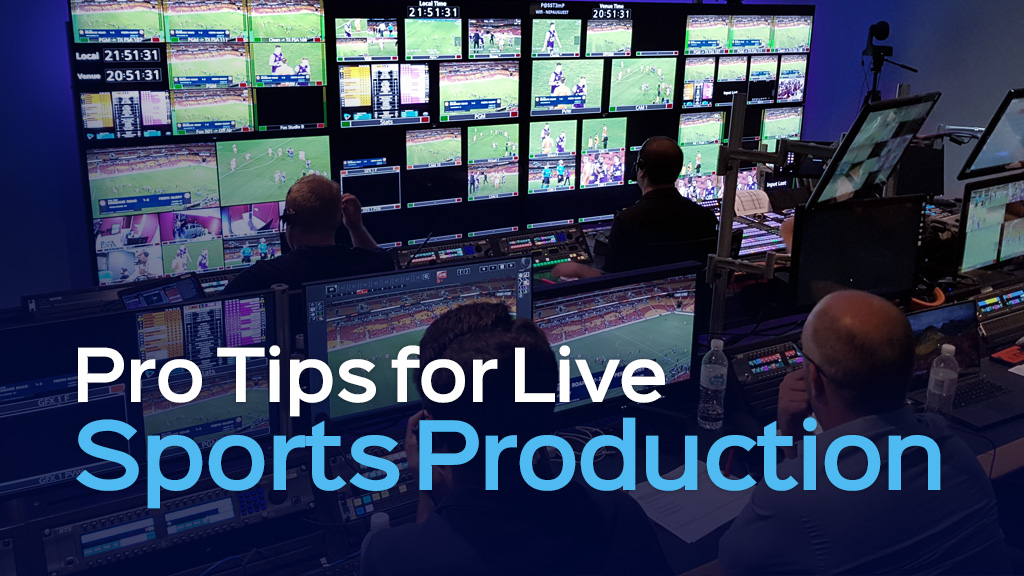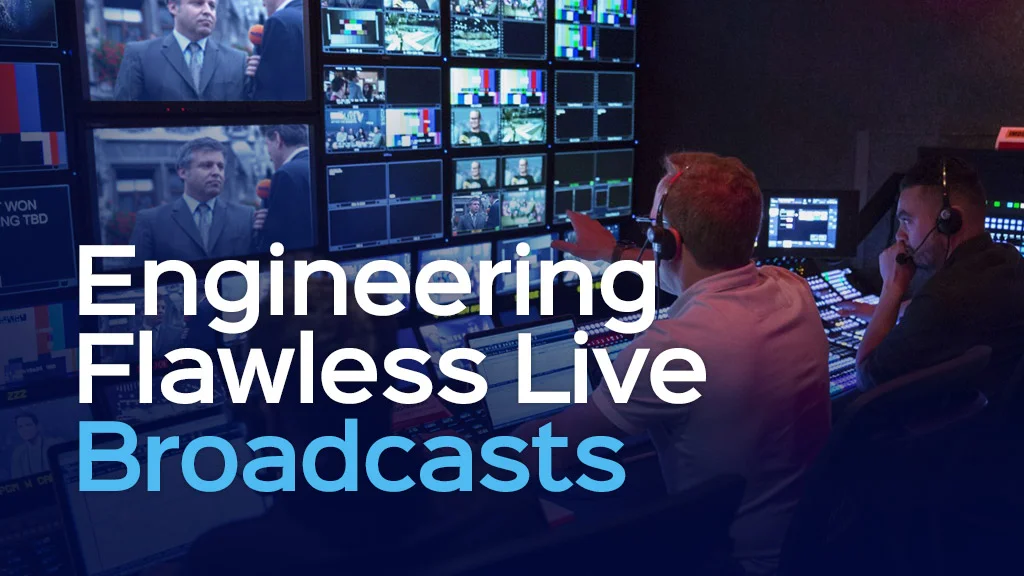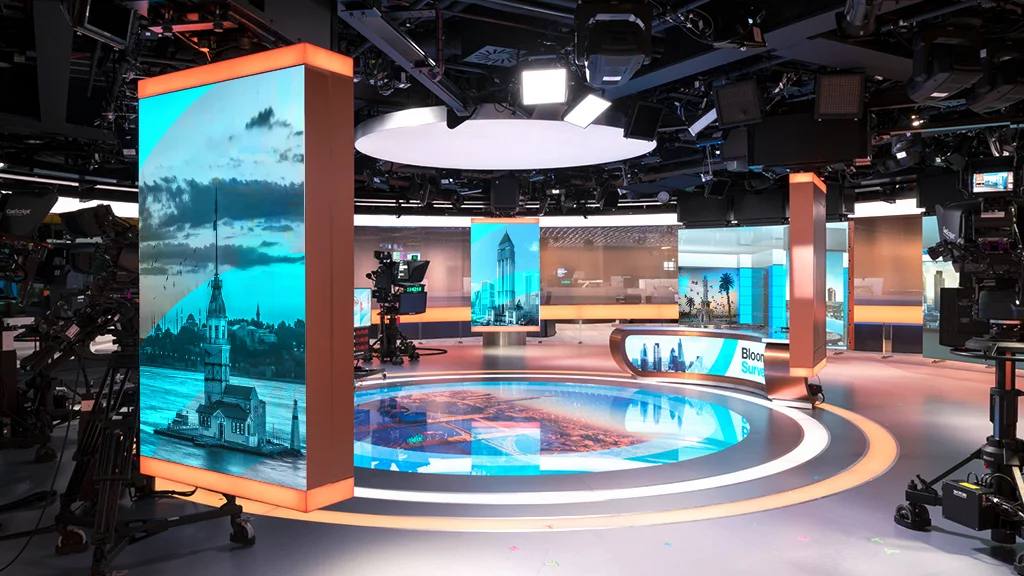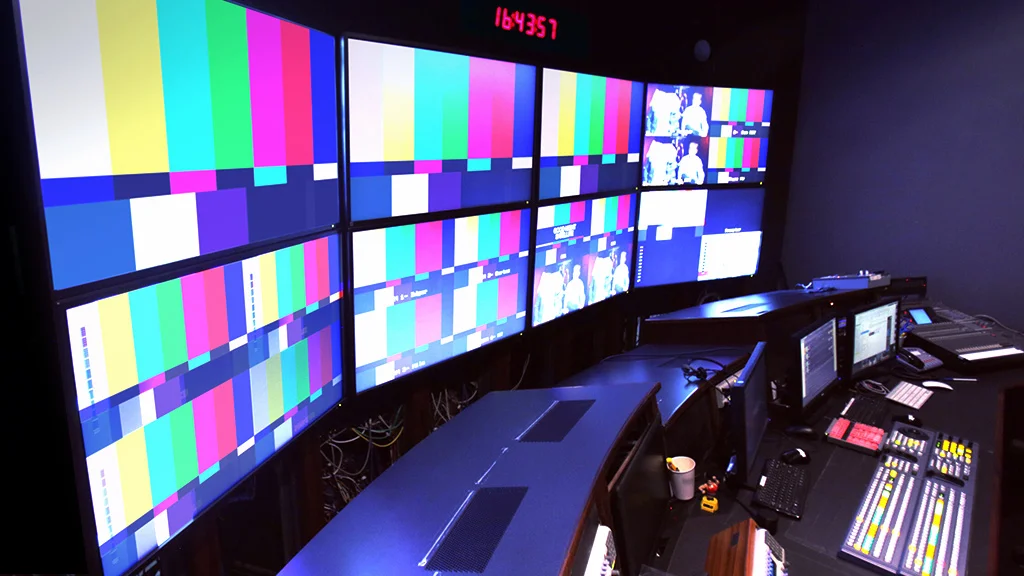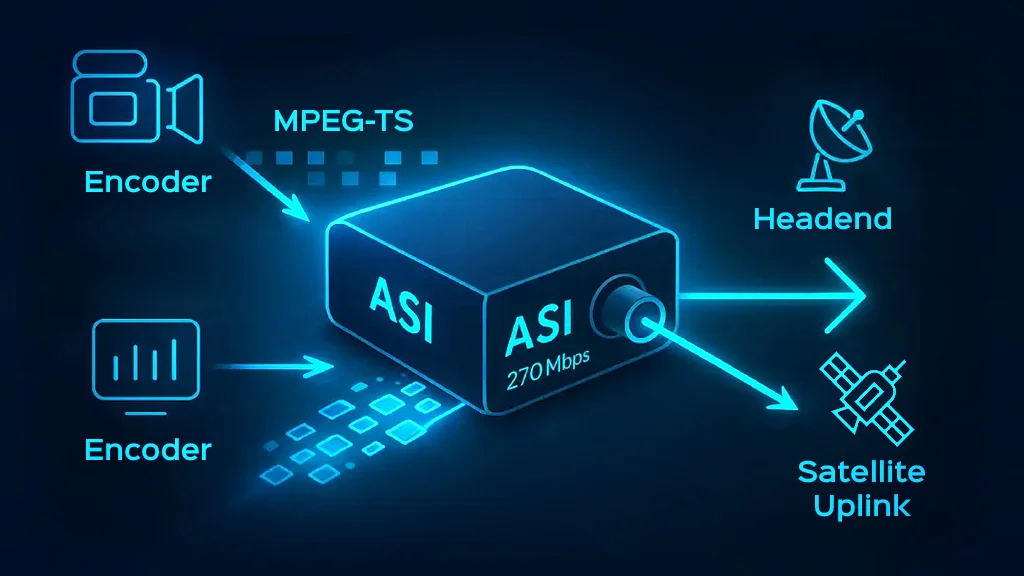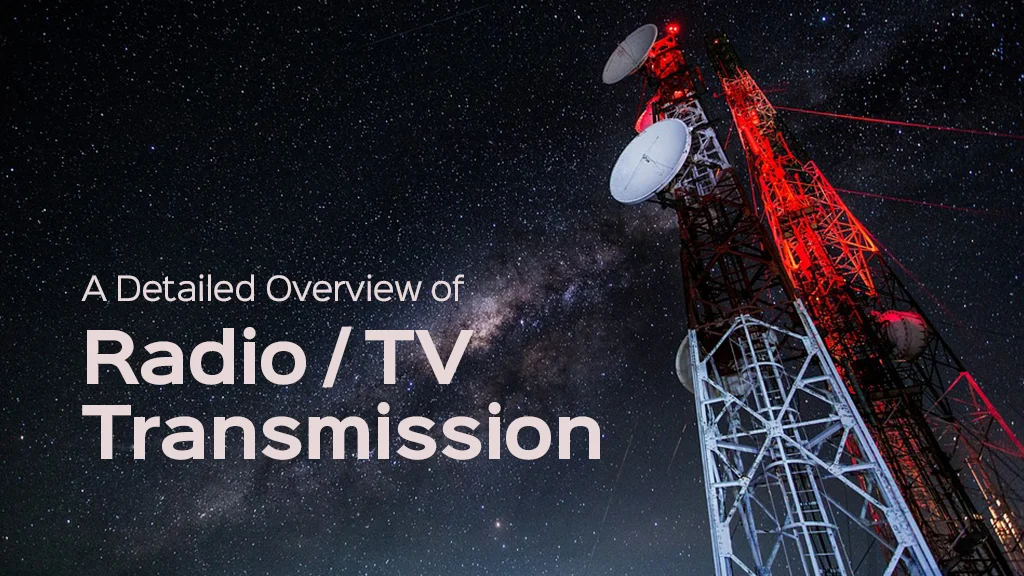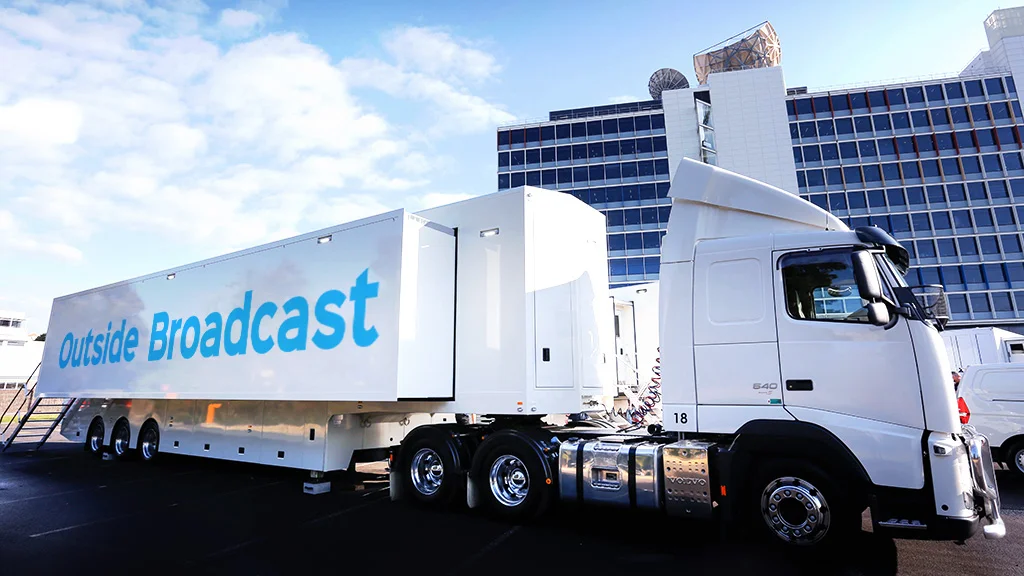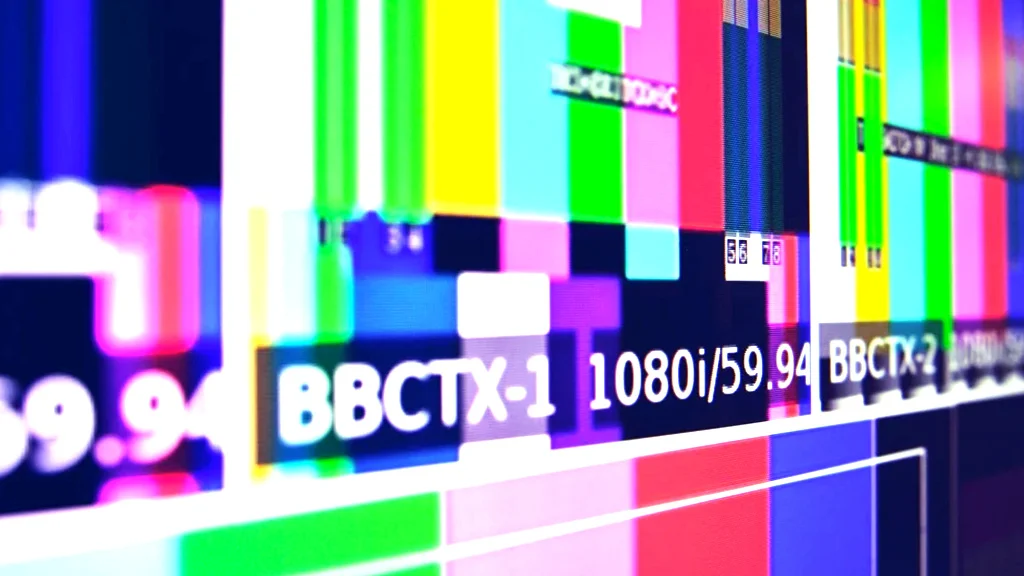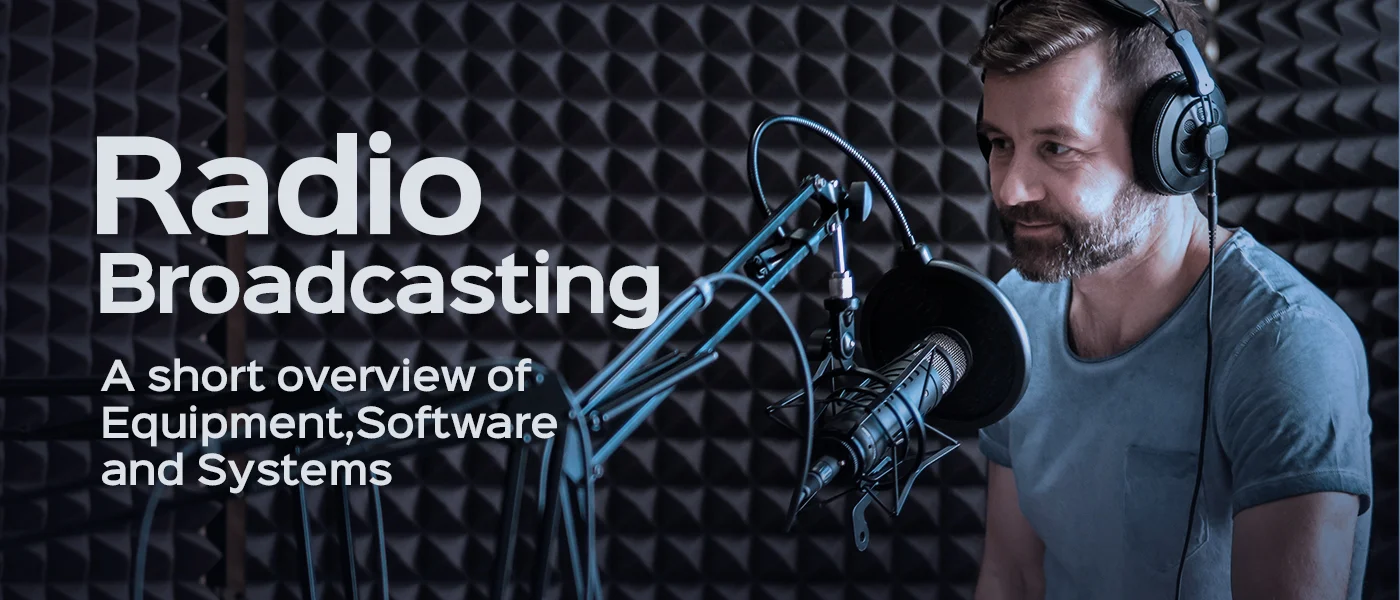
- Article
How Radio Broadcasting Works: Processes, Technologies, and Equipment
Radio has long been a cornerstone of the media industry, maintaining a steadfast presence even amidst the digital revolution. While newer mediums like television and the internet have gained prominence, radio continues to play a vital role in how information, entertainment, and communication are delivered to audiences worldwide.
Radio’s unique attributes make it an indispensable part of the media landscape:
Accessibility – Radio is highly accessible, with receivers available for a wide range of devices, from cars to smartphones. This ensures radio can reach listeners anytime, anywhere.
Immediacy – Radio’s live, real-time nature allows it to respond rapidly to breaking news and events, keeping listeners informed as stories unfold.
Portability – People can easily tune in to radio while driving, exercising, or performing other activities, making it a versatile and multitasking-friendly medium.
As the media landscape evolves, radio’s unique attributes ensure it will continue to play a vital role in informing, entertaining, and connecting communities around the world. Radio’s enduring presence is a testament to its adaptability and the unparalleled value it provides to both audiences and the broader media industry.
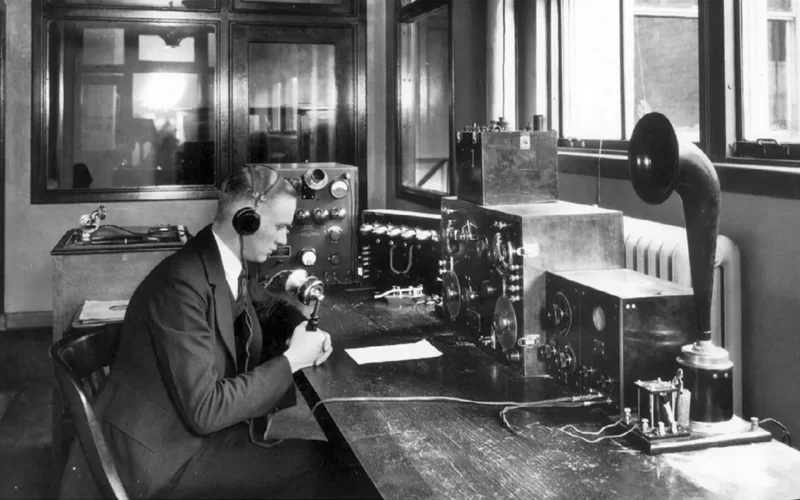
History of Radio Broadcasting
The 1920s saw the rapid growth and commercialization of radio broadcasting. The first commercial radio station, KDKA, began broadcasting in Pittsburgh, USA, in 1920.
Radio quickly became a popular form of entertainment and communication, with increasing availability of affordable radio receivers in households. Regular radio programming, including news, music, and talk shows, became commonplace during this period. The introduction of FM radio in the 1960s and the subsequent improvements in sound quality further enhanced the listening experience.
Today, the digital age has brought about further transformations in radio. The emergence of internet radio, podcasting, and digital radio technologies has expanded the reach and capabilities of the medium. Radio has embraced these new platforms, allowing for greater personalization, on-demand content, and enhanced interactive features. As the media landscape continues to evolve, radio remains a resilient and adaptable medium, poised to maintain its relevance and significance in the years to come.
How Radio Broadcasting Works
Here’s an overview of how radio broadcasting system works:
Content Creation
Radio stations produce or acquire various types of content, such as music, news, talk shows, sports broadcasts, and more.
This content is typically recorded, edited, and prepared for transmission.
Encoding and Modulation
The audio content is converted into an electrical signal and then modulated onto a carrier wave.
The modulation process involves encoding the audio information onto the carrier wave, which determines the frequency and amplitude of the signal.
Common modulation techniques used in radio broadcasting include amplitude modulation (AM) and frequency modulation (FM).
Transmission
The modulated signal is amplified and transmitted through a radio transmitter, which converts the electrical signal into electromagnetic waves.
The transmitter is connected to an antenna, which radiates electromagnetic waves into the surrounding environment.
Propagation
Electromagnetic waves, or radio waves, travel through the atmosphere and can be reflected, refracted, or absorbed by various atmospheric conditions and physical obstacles.
The propagation of radio waves is affected by factors such as frequency, terrain, and weather conditions, which can influence the coverage area and signal quality.
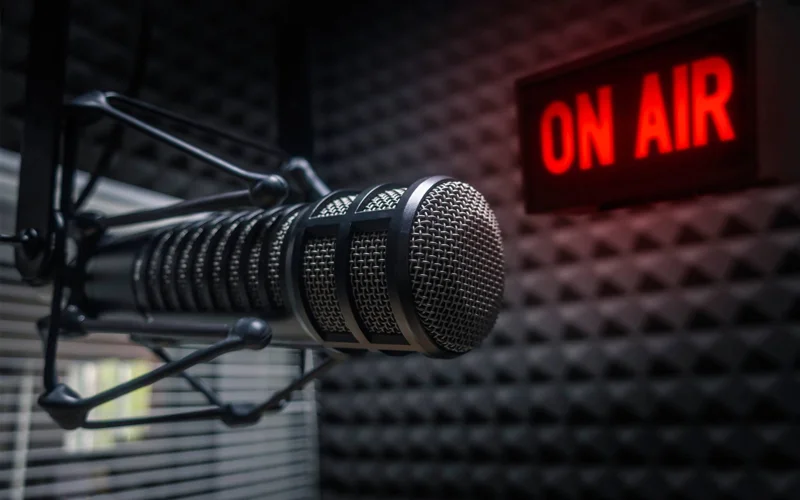
Types of Radio Broadcasting
There are several main types of radio broadcasting:
Amplitude Modulation (AM) Radio
- AM in radio broadcasting uses amplitude modulation to encode the audio signal onto the carrier wave.
- AM radio signals can travel long distances, particularly at night, but are more susceptible to interference and static.
- AM in radio broadcasting is often used for news, talk radio, and sports programming.
Frequency Modulation (FM) Radio
- FM radio uses frequency modulation to encode the audio signal onto the carrier wave.
- FM radio signals have a higher audio quality and are less prone to interference compared to AM radio.
- FM broadcasting is commonly used for music, entertainment, and some specialized programming.
Digital Radio
- Digital radio, also known as Digital Audio Broadcasting (DAB), uses digital encoding and transmission techniques.
- It offers improved sound quality, additional features, and more efficient use of the radio spectrum compared to analog AM/FM radio.
- Digital radio is gradually being adopted in many parts of the world, though the transition from analog to digital is still ongoing.
Shortwave Radio
- Shortwave radio uses high-frequency radio waves that can travel long distances by bouncing off the ionosphere.
- Shortwave radio is often used for international broadcasting, as well as for amateur radio enthusiasts and emergency communications.
Internet Radio
- Internet radio, or web-based radio, refers to audio content streamed over the internet rather than transmitted through traditional radio waves.
- Internet radio can offer a wider variety of specialized and niche content, as well as on-demand and personalized listening experiences.
- It has become increasingly popular with the growth of smartphones, high-speed internet, and streaming technologies.
Satellite Radio
- Satellite radio uses satellites to transmit radio signals, allowing for nationwide or even global coverage.
- Satellite radio typically offers commercial-free music, talk shows, and specialized programming, often requiring a subscription.
- Examples include SiriusXM in North America and Worldspace in other parts of the world.
These are the main types of radio broadcasting, each with its own unique characteristics, applications, and technological approaches to delivering audio content to listeners.
Read also :
Latency & Delay Compensation in Broadcast Production Industry
Specialized Radio Broadcasting Equipment
Radio broadcasting requires specialized equipment to transmit and receive audio signals effectively. Some of the radio broadcasting equipment is mentioned here.
Microphones
- High-quality microphones are used to capture and convert sound waves into electrical signals.
Audio Mixing Consoles
- Also known as soundboards or mixing desks, these consoles allow radio producers to blend, balance, and process multiple audio inputs.
- They provide controls for volume, panning, equalization, and other audio processing functions.
Audio Processing Equipment
- This includes equipment like compressors, limiters, and equalizers that are used to enhance and optimize the audio quality.
- Audio processing helps maintain consistent levels, reduce background noise, and shape the overall sound.
Studio Monitoring Equipment
- This includes studio-grade speakers, headphones, and audio meters that allow radio producers to accurately monitor and evaluate the audio quality during production.
Broadcasting Automation Systems
- Advanced radio stations often use specialized software and hardware to automate various aspects of broadcast operations, such as playlist management, program scheduling, and remote control of the transmitter.
These are some of the key specialized equipment used in radio broadcasting, all of which work together to enable the efficient transmission and reception of high-quality audio content to listeners.
Specialized Radio Broadcasting Software
Radio broadcasting system also requires specialized software to manage various aspects of the operations. Here are a few examples of radio broadcasting software:
Digital Audio Workstations (DAWs)
- DAWs, such as Adobe Audition, Pro Tools, and Audacity, are used for audio recording, editing, mixing, and post-production.
- These software tools allow radio producers to record, manipulate, and polish audio content for broadcast.
Automation and Playout Software
- Radio Automation software, like Zetta, Rivendell, or RCS Selector, is used to schedule, manage, and play back pre-recorded content, commercials, and live programs.
- These systems help radio stations automate their programming and ensure a seamless on-air experience.
Web-based Radio Management
- Web-based platforms, such as Radionomy or Shoutcast, provide tools for creating, managing, and streaming internet radio stations.
- These solutions allow for easier distribution and monetization of radio content on the web and mobile platforms.
Remote Broadcasting Software
- Remote broadcasting software, like Tieline or Comrex, enables radio stations to conduct live broadcasts from remote locations by providing secure and reliable audio transmission over IP networks.
These are some of the key software solutions that radio broadcasters rely on to manage their operations, streamline their workflows, and deliver high-quality content to their audiences across various platforms.
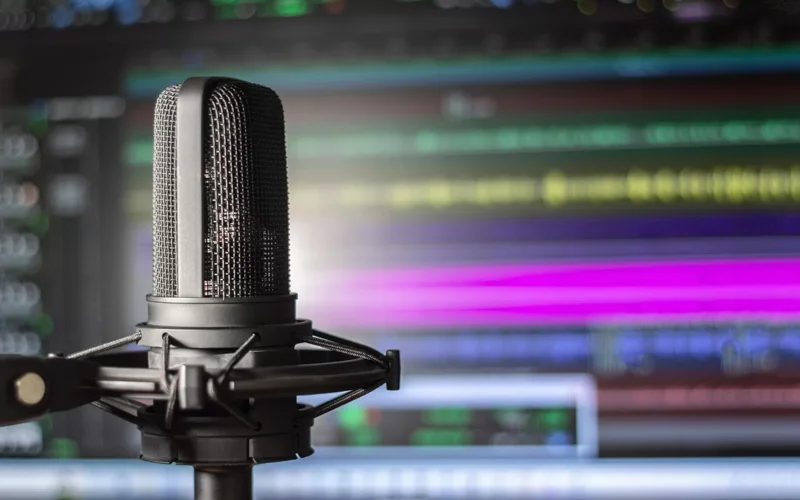
Challenges in Radio Broadcasting
Radio broadcasting faces a number of challenges, including:
Technological Disruption
- The rise of digital media, streaming platforms, and on-demand content has significantly disrupted the traditional radio broadcasting model.
- Radio stations equipment must adapt to changing listener habits and compete with new media platforms for audience attention and advertising revenue.
Audience Fragmentation
- With the proliferation of media options, radio audiences have become increasingly fragmented, making it more challenging for stations to maintain a large and loyal listener base.
- Targeted and personalized content from streaming services and podcasts further contributes to this audience fragmentation.
Addressing these challenges requires radio broadcasters to adopt innovative strategies, leverage new technologies, and continuously adapt their business models to remain competitive and relevant in the rapidly evolving media landscape.
Samim Radio Broadcasting solutions
Samim is a leading knowledge-based company specializing in the development of cutting-edge broadcast products. With a focus on providing comprehensive solutions for the radio and visual broadcast industries, Samim Group has established itself as a trusted partner for broadcasters worldwide.
At the core of Samim’s offerings is a range of innovative audio and video products designed to streamline the broadcast workflow:
Audio Distributor: Efficiently distribute audio signals to multiple destinations, ensuring seamless signal routing and reliable performance.
Audio Multiplexer: Combine multiple audio channels into a single stream, optimizing bandwidth usage and simplifying complex audio setups.
Audio Embedder/De-embedder: Seamlessly integrate audio into video workflows, enabling broadcasters to deliver high-quality audio-visual content for both radio and visual media.
Video Embedder/De-embedder: Easily incorporate video signals into audio-based broadcast systems, allowing for the integration of visual elements into radio programming.
Audio Delay: Implement precise audio delay capabilities, allowing broadcasters to maintain compliance and protect their on-air content.
These state-of-the-art solutions are engineered to meet the demanding requirements of the modern broadcast industry. Samim’s products are known for their reliability, ease of use, and ability to enhance the overall broadcast experience.
Samim’s innovative video broadcast solutions can help you optimize your operations, improve signal quality, and stay ahead of the competition. Contact us today to learn more about how Samim can transform your radio broadcast capabilities.
